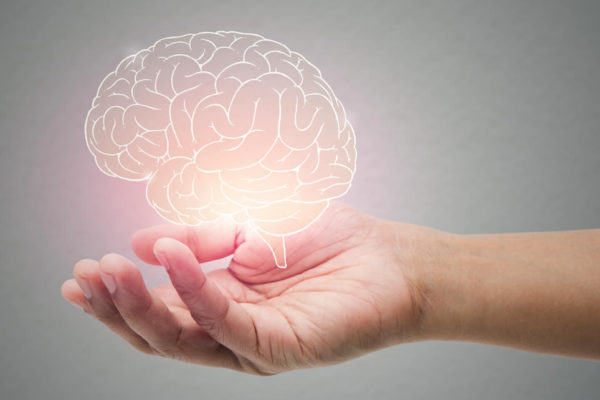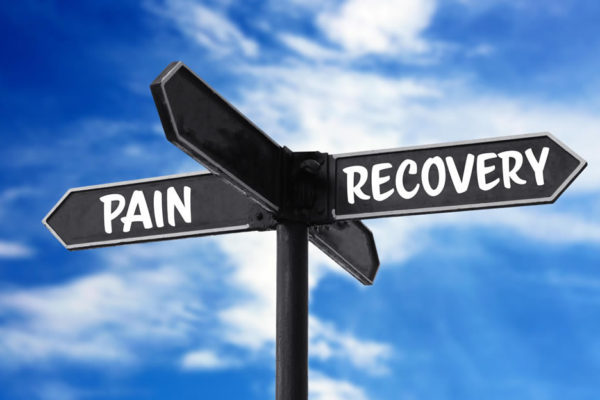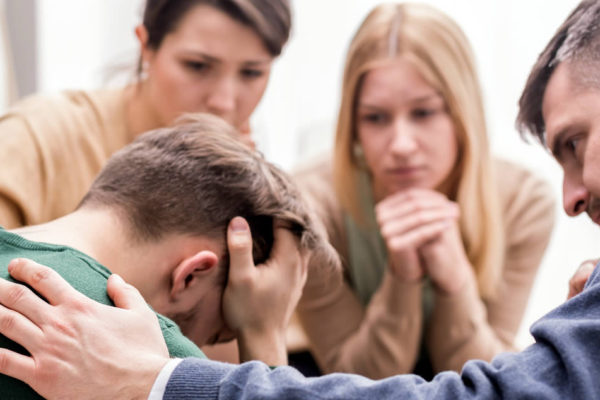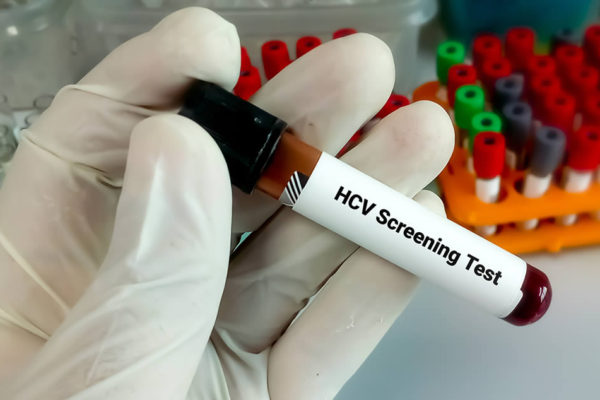Stages of Change in Recovery
Physical dependence often accompanies substance use disorders. Physical dependence can happen with the chronic use of many drugs—including many prescription drugs, even if taken as instructed.
If you are addicted to alcohol or opioids, Medication-Assisted Treatment can reduce problems of withdrawal and craving. These changes can give you the chance you need to focus on the lifestyle changes that lead back to healthy living.
Motivation for Change
James Prochaska, a professor of psychology from the University of Rhode Island studied the motivation for change for more than thirty years and found that people who have successfully made positive change in their lives go through five specific stages:
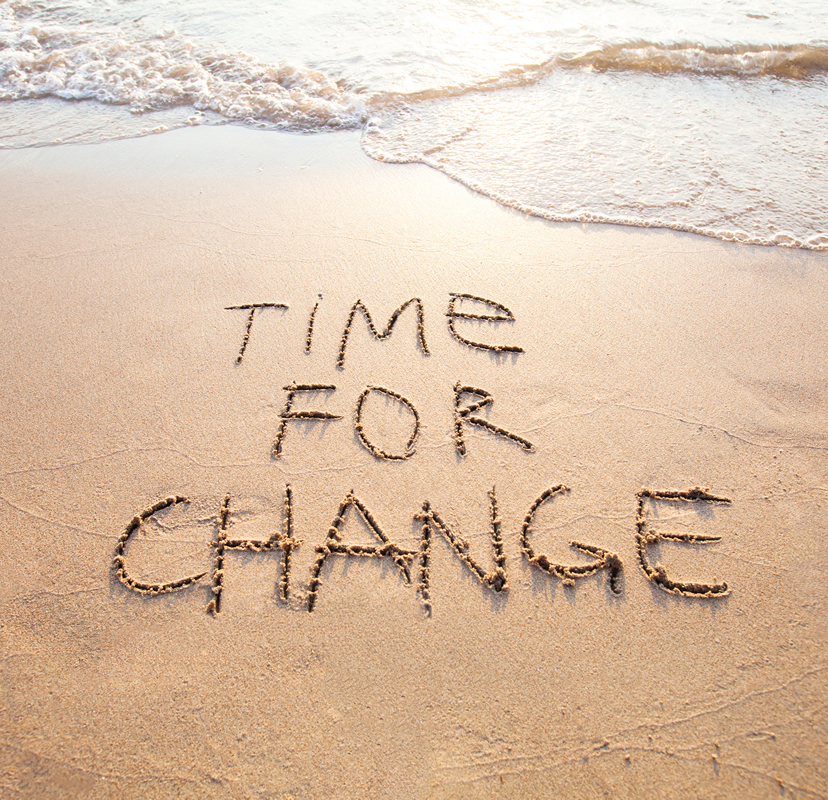
-
Stage 1: Precontemplation (not ready)
“I don’t think I have a problem.”
At the precontemplation stage, a person may resist change or fail to think about making changes. People must be ready to make a change. They cannot be forced into making changes.
-
Stage 2: Contemplation (getting ready)
“I know I have to stop what I’m doing, but I enjoy it.”
In the contemplation stage, people intend to change in the next six months. They are aware of the benefits of changing, but are also aware of the drawbacks. The person may begin to see that their use has some consequences.
-
Stage 3: Preparation (ready)
“I know I have the strength to change, I just don’t know how to do it.”
Preparation is the stage in which people want to make changes soon, usually within the next month. Typically, they have already taken steps toward changing a behavior. In this stage, the person is preparing for change and begins to set clear goals to help change their behavior.
-
Stage 4: Action
“I’m working on it.”
In the action stage, people have made changes to their lifestyles within the past six months. They have changed their behaviors, experiences or environment to deal with their problems. In this stage, the person may have reduced or completely stopped using substances, and is actively working on the problem.
The action stage is usually the shortest, but it’s also when people depend on their willpower and are at the greatest risk for relapse. People are usually open to offers of help and support at this time.
-
Stage 5: Maintenance
“Taking it one-day-at-a-time and experiencing the benefits of recovery.”
In the maintenance stage, people have made changes to their lifestyles and are working to prevent relapse. At this point, the person has stopped using substances for at least six months and is working to hold on to this success. In the maintenance stage, people are less tempted to relapse. They grow more confident in their ability to continue with these changes.
Relapse
Relapse is common throughout the stages of change. In this stage, the person goes back to the old behavior they were trying to change or returns to an earlier stage. A person may relapse more than once before making a permanent change.
How does addiction begin?
When they first use a drug, people may perceive what seem to be positive effects. They also may believe they can control their use. But drugs can quickly take over a person’s life. Over time, if drug use continues, other pleasurable activities become less pleasurable, and the person has to take the drug just to feel “normal.” They have a hard time controlling their need to take drugs even though it causes many problems for themselves and their loved ones. Some people may start to feel the need to take more of a drug or take it more often, even in the early stages of their drug use. These are the signs of an addiction. — National Institute on Drug Abuse
Learn more about MAT (Medication-Assisted Treatment) for alcohol and opioid addiction at Canyonlands Healthcare. We offer MAT services in these Arizona communities served by Canyonlands Healthcare: Page, Safford/Clifton/Duncan, Globe and Beaver Dam.







